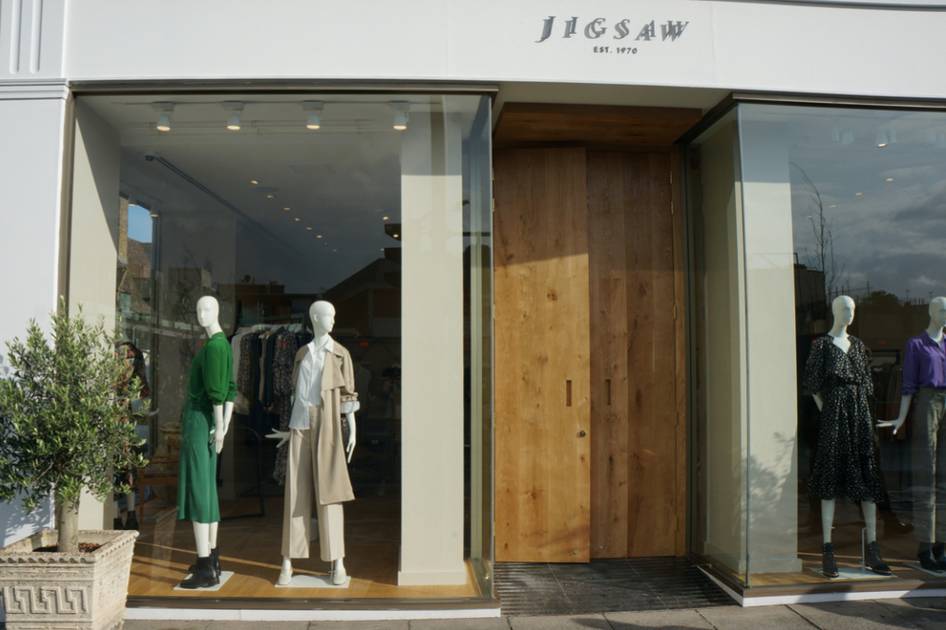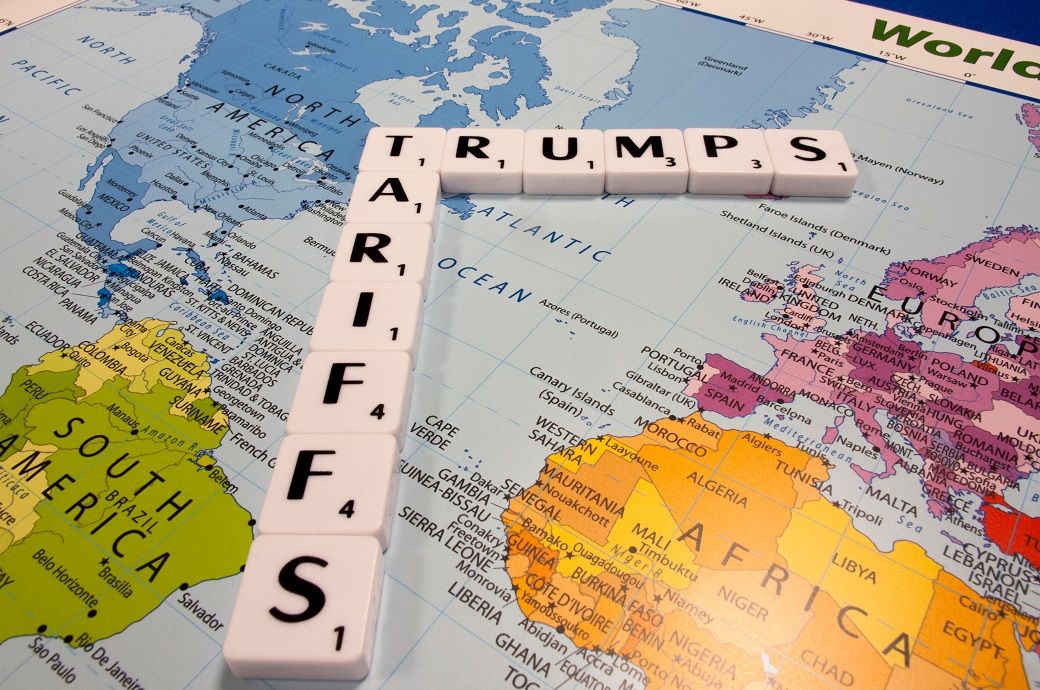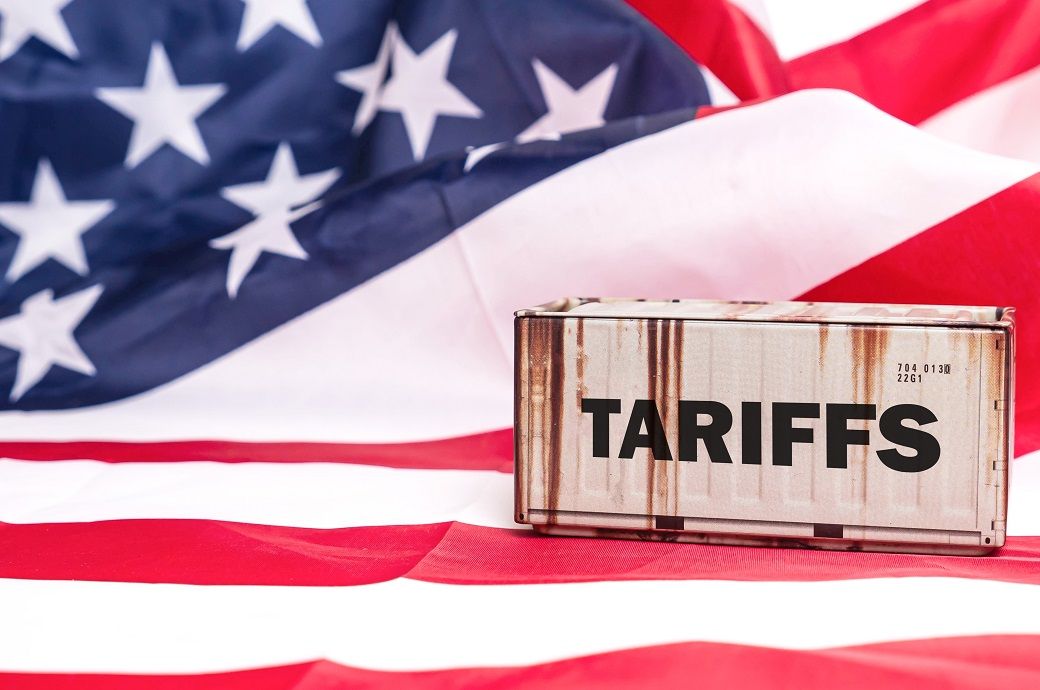Listen: Transforming returns from a cost drain to a money maker
Why smart retailers are reimagining their returns strategies – and reaping the rewards… Returns. They aren’t fun. In fact, for most retailers, they’re the elephant in the warehouse – a painful yet unavoidable part of doing business. And while they may seem like just another operational necessity, returns are anything but neutral. They’re expensive, time-consuming,...

Why smart retailers are reimagining their returns strategies – and reaping the rewards…
Returns. They aren’t fun. In fact, for most retailers, they’re the elephant in the warehouse – a painful yet unavoidable part of doing business. And while they may seem like just another operational necessity, returns are anything but neutral. They’re expensive, time-consuming, and often fraught with complexity, especially in a retail landscape where consumer expectations are higher than ever.
But here’s the thing; returns don’t have to be a black hole for your budget. Handled right, they can become a powerful lever for customer loyalty, operational efficiency and even new revenue.
In 2025, where economic pressures and shifting consumer habits are forcing brands to do more with less, this area of the retail journey has never been more crucial. Margins are tight, supply chains are under scrutiny, and every operational inefficiency is one more missed opportunity. Yet too many brands still treat returns as an afterthought – something to be handled reactively, rather than strategically.
The new rules of returns
Today’s customer expects flexibility. Easy returns have become a core pillar of the ecommerce experience, often influencing whether or not a purchase is made in the first place. In fact, a recent survey found that 92% of consumers would buy again from a retailer with an easy returns process, while 79% check return policies before clicking ‘buy’. That’s a huge impact on conversion – before a product even leaves the shelf.
But here’s the twist: convenience for customers doesn’t have to mean chaos for your business. Retailers with future-facing strategies are now taking a long, hard look at their returns processes and asking the hard questions: Where are we losing money? Where can we create value? What does a returns process that actually works for us look like?
Returns as a retention tool
One of the smartest shifts in thinking is reclassifying returns not as a failure, but as an opportunity. A customer returning a product doesn’t necessarily want a refund—they often just want something better. That’s why brands have leaned into exchanges over refunds as a way to both retain revenue and keep customers happy. This approach also reduces logistical costs tied to warehouse restocking and keeps product moving.
There’s also the trust factor. Customers are more likely to come back if they know you’ve got their back. A well-managed, transparent returns process can reinforce brand loyalty, rather than damage it.
The fraud factor
Another underreported issue? Fraud. In 2024, return fraud cost retailers over £77 billion globally, and it’s rising year-on-year. Whether it’s wardrobing (returning used items), fake receipts, or empty-box scams, fraud eats into margins and forces genuine customers to suffer through more rigid policies.
But with the right tools in place – think AI-driven fraud detection, return windows that reflect risk profiles, and tighter controls on high-risk SKUs – retailers can tackle fraud without alienating their core customer base.
Operational efficiencies hiding in plain sight
Returns aren’t just a CX issue – they’re a major operational cost centre. From shipping fees to restocking labour to inventory tracking, every stage costs money. But new thinking in returns logistics is starting to change that.
Brands are now optimising reverse logistics flows, creating regional return hubs, automating routing decisions, and even embracing re-commerce models where returned goods are reconditioned and resold – reducing waste and recouping value in one go.
And then there’s the hot topic: return fees. While controversial, selectively charging for returns (especially for repeat offenders or on discounted items) can reduce abuse and drive more thoughtful purchases – without damaging loyalty, if communicated correctly.
From sunk cost to strategic win
If 2024 was the year of firefighting, 2025 is the year of focus. Retailers simply can’t afford to let inefficient, opaque or outdated returns processes drag them down. But the good news? Returns are absolutely ripe for transformation.
With the right strategy, smart tech and a little bit of courage, the returns process can shift from a margin killer to a margin maker – cutting costs, driving exchanges, reducing fraud and building long-term customer trust.
What’s next?
If you need more expert insight into returns, fear not, in our latest edition of Retail Unpacked, we’re teaming up with Loop Returns to deliver all the knowledge you need, straight to your ears.
Join host Kieran Howells, as he sits down with Loop Returns’ resident guru and senior product marketing manager Samir Kamnani to talk through driving exchanges over refunds, proactively preventing fraud, reducing operating costs and even why testing out return fees may be a big boon.
Click here to sign up to Retail Gazette‘s free daily email newsletter



















































































































































































